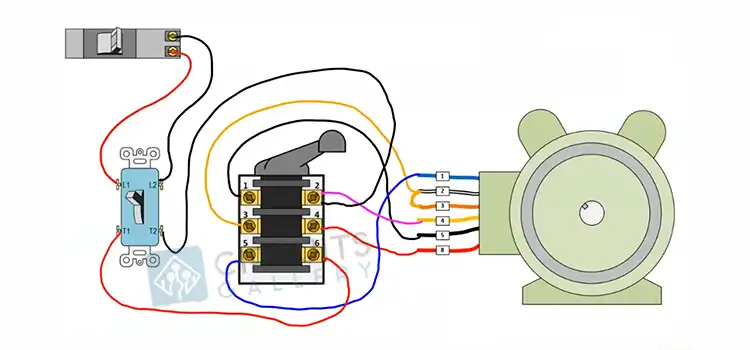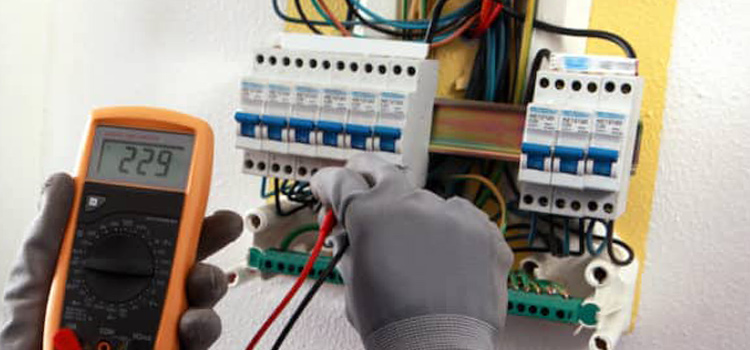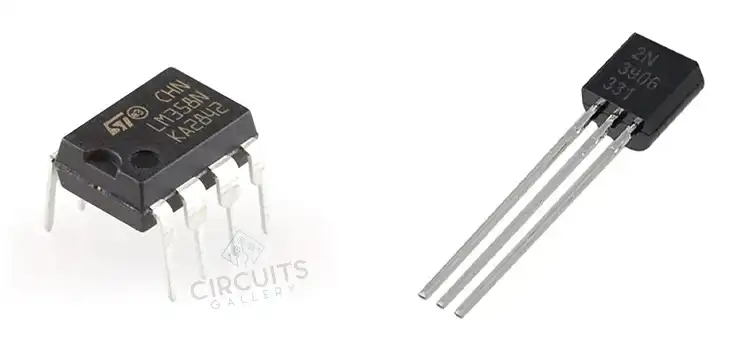How Many Amps Does a Stove Use
Electric stoves typically draw from 30 to 60 amps. The number varies depending on the type of the stove and the number of elements.
A normal kitchen can draw from 30 to 50 amps. On the other hand, an industry-standard device can draw from 50 to 60 amps.
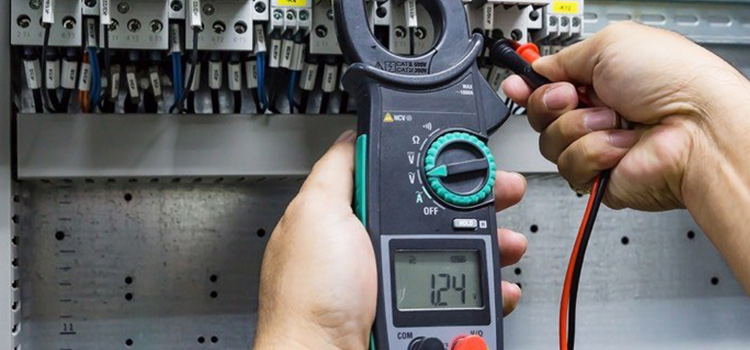
How Many Amps Does a Stove Use
Stoves use a different range of current, depending on the type of stove. The stove may be a small utility stove or a regular kitchen stove. With each burner that you turn on, the amount of current drawn increases.
Amp Usage of Different Types of Stoves
Normally, stoves consist of four plates, an oven, and a low oven. Similar to all heat appliances, stoves also consume high currents. Depending on the dimensions and features, electric stoves typically draw in the range of 30 amps to 50 amps.
A normal kitchen stove with four burners and an oven altogether can draw 30, 40, or 50 amps. However, when it comes to a prominent business device with a convection oven or quick-heat burners, the number is around 50 to 60 amps.
At the highest capability, this electric appliance consumes 7 to 14 kilowatts of electricity. Therefore, apart from being energy-intensive appliances, they are costly to operate as well.
Oven Breaker Size
You must be careful regarding oven breaker size. Otherwise, it will trip whenever the oven is turned on. Oversizing the breaker would cause problems as well.
If the breaker current rating exceeds the current rating of the stove, then a surge malfunction would occur. This would result in overheating in the stove and cause a fire with no countermeasure.
Finding the Wattage
Most of the ranges you will find use from 30 amps to 50 amps. You can pretty easily find the exact value of the wattage from the model or serial tag on the range. Getting the values of the wattage of each element is also possible. Then using the formula Wattage = Voltage x Current, one can effortlessly find the current.
Conclusion
As already mentioned before, stoves use a lot of amps for a home appliance. Therefore, determining the exact amount is important to avoid unnecessary usage and cost.
Subscribe to our newsletter
& plug into
the world of circuits
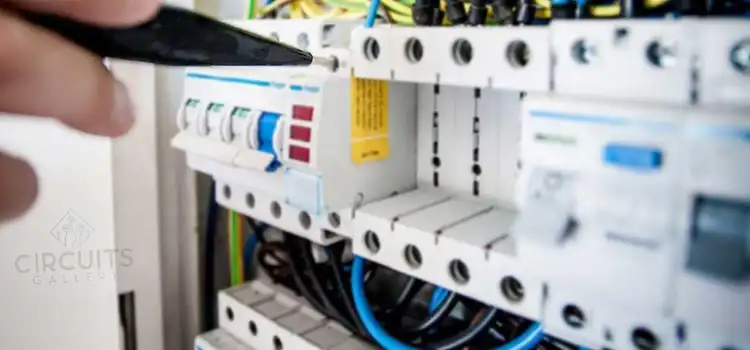
![[Explained] What Is the Objective of High Pass Filter Experiment?](https://www.circuitsgallery.com/wp-content/uploads/2023/09/What-Is-the-Objective-of-High-Pass-Filter-Experiment.webp)
